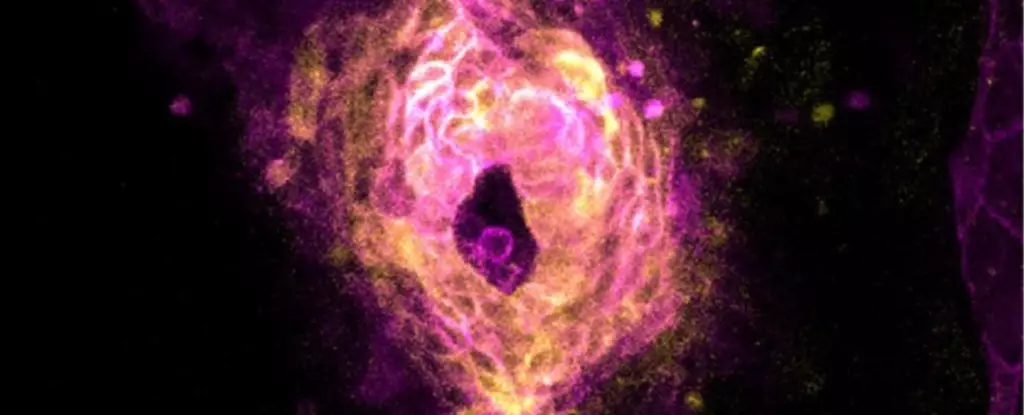In the vast realm of life’s miracles, the moment a heart starts beating holds a particularly profound significance. Its rhythm is a symbol of life itself, an intricate dance of cells and ions that propels us forward. Recently, scientists have marveled at capturing this elusive event in zebrafish, shedding light on the captivating orchestration of a heartbeat.
The brevity of a zebrafish’s existence adds to the marvel of this discovery. Within a mere 20 hours into zebrafish development, the embryos’ hearts burst into action, like a symphony commencing with a single unified note. Harvard University biophysicist, Adam Cohen, describes this phenomenon as if a switch has been flipped, initiating a cascade of life. With the aid of high-speed microscope imaging, the researchers ventured into the uncharted territory of hours-old zebrafish embryos to pinpoint the precise moment when their heart cells begin their rhythmic dance.
Previous studies have established that the first heartbeat transpires before the formation of the primitive heart structure. The initial signs of activity are found in populations of cardiomyocytes, heart muscle cells brimming with calcium ions, yet lacking organization. In the mature heart, calcium ions surge in and out of these cardiomyocytes, generating electrical spikes that prompt contractions. Building upon this foundation, Bill Jia and his team endeavored to unravel how waves of calcium ions orchestrate the heart’s unified pulse in developing zebrafish embryos.
The journey began with slow and sparse calcium waves that grew in frequency and magnitude as the developing cardiomyocytes aligned into a ring shape at the midline of the embryos. Abruptly, calcium levels surged, and bursts of electrical activity swept through the heart cells, setting the rhythm in motion. Although the initial beats were irregular, they soon synchronized into a harmonious unison. Astonishingly, this rhythmic and spatially structured heartbeat formed before the connection to the circulatory system and blood pumping were established.
Ninety minutes before the first heartbeat, Jia and his team made an intriguing observation. The zebrafish heart cells entered an excitable state, seemingly poised for action. This revelation suggests that the early activity in these cells may play a pivotal role in cardiovascular development. Moreover, the researchers discovered that the surging waves of calcium ions preceding the heartbeat did not consistently originate from the same location in different zebrafish embryos. This finding implies that the cells firing first are not inherently unique, debunking preconceived notions. Interestingly, most initiations occurred in the central region of the cardiac ring, rather than the outer edges where pacemaker cells, responsible for maintaining the rhythm in adult hearts, reside.
The shared mechanisms of heart formation among zebrafish, chicks, rats, and mice, all vertebrates, ignite curiosity. With such similarities, this groundbreaking study opens the door to unveiling the intricacies of cardiac irregularities in humans, such as arrhythmias. By further exploring the underlying mechanisms, scientists envision a future where the mysteries of our own hearts are unraveled, paving the way for potential interventions and treatments.
The captivating marvel of a heart’s first beat has dazzled scientists once again, this time, in the realm of zebrafish. With the orchestrating waves of calcium ions and synchronized contractions, the life force within these tiny embryos comes to fruition. This glimpse into the intricate dance of heart development not only provides insights into the fundamental workings of life but also sparks exciting possibilities for understanding and improving human cardiac health. The symphony of our hearts continues to captivate our minds as we unravel its mysteries, stroke by harmonious stroke.



Leave a Reply